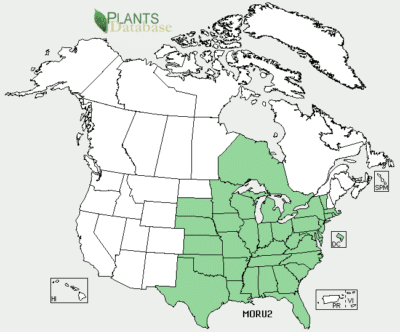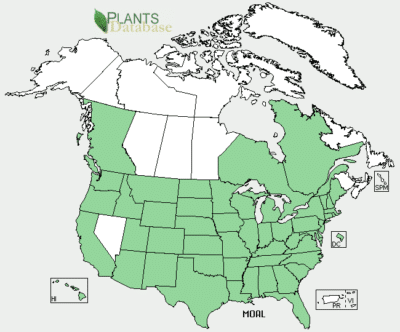Fruit-loving foragers unite! Just when you think you have tried all berries possible, there always seems to be one more to spark some interest. Do you remember ever singing about going “’round the mulberry bush” as a young child? Well, these berries are more than just part of a youthful song. Those berries are real, and they are perfect for a refreshing summer snack, jams, pies and all sorts of other baking and cooking ideas. Let’s take a look at this tasty berry.
About Mulberries
These berries look a lot like large blackberries, but mulberries grow on trees – despite what the song says — instead of bushes. It only takes a few years from seed for Mulberry trees to mature into a good, fruitful tree.
There are black, red and white mulberries. When ripe, red mulberries turn into a dark purple or black color. The white type turn from green to their white shade when they are ready to be picked. Black mulberries turn from green to black.
Dependable Backup Power In Emergency Situations
The red mulberry is native to North America, although it is mostly found in areas such as the Niagara Escarpment now and is classified in Canada as endangered (although common in the US). The black mulberry is native to Eurasia, and the white variation comes from Asia where silkworms eat mulberry leaves.
Mulberries have two types of leaves, and both can be found on a single tree. The leaves are classified as lobed and unlobed. Mulberries are similar to blackberries in taste, but yet still very different. Mulberries aren’t as tart as blackberries, but rather sweet. They are full of vitamin C and iron. They boost the immune system with phytonutrients and carbohydrates.
Where to Find Them
You will be able to find mulberries at the end of spring or beginning of summer. Remember, mulberries grow on trees. These trees can usually be found at the edge of a wood, in neighborhoods and along fences, usually near water such as a creek. They seem to grow anywhere, even in places other plants won’t.
Mulberries are aggressive and tireless growers, especially in moist, rich soil and lots of sun. They like the sun.
Mulberry trees can become quite large over time. Although white and red mulberries are found in the United States, white mulberries are far more rare.
Harvesting Mulberries
As with all types of plant or berry foraging, try to locate fruit away from busy roads or places where chemicals have been sprayed. Plants and trees near such areas will absorb the car fumes and dust. You will want the healthiest and most organic food possible.
The fruit on the trees will ripen at different times, so you can gather fruit regularly throughout the season. Mulberries are very fragile and make traveling with them very difficult. They are better to eat right away, after washing.
Generate An Endless Supply Of Electricity For Free
Picking by hand is still the best way to get the fruit. Be aware: The skin of Mulberries is very thin and you will most likely end up with stains on your hands and fingers (and anything else you touch). Another way you can harvest mulberries is to place a tarp under the tree and gently, but firmly, shake the branches with the ripest fruit. Mulberries will fall readily when they are ripe. Gather up the tarp and place berries in a container. Pick one that will be easy to carry, and rinse the berries when you get home. If presentation of the food is important, then take off the small green stems before eating (although you can eat them, too).
Note: Make sure you only pick mature fruit, as mulberries can act as a laxative when they are not ripe and can be slightly toxic.
Storing Mulberries
Remember the thin skin on the berries? Take care when transporting mulberries home after harvesting. Their own weight can crush those underneath, which can create a big mess if you aren’t ready. Keep this in mind when you are planning harvesting containers.
You can store mulberries at room temperature or in the refrigerator. They only will last a few days at room temperature, and up to a week in the fridge.
Doesn’t just reading about mulberries make you want to grab a basket and spend a day searching for the sweet jewels of nature? Why not make foraging for mulberries part of a family adventure, and enjoy all the yummy bounty you find? The unique look and taste of the mulberry quickly makes this fruit an absolute favorite. You’ll be able to make up a new verse to the childhood mulberry song, maybe one about how good the berries taste!
Do you have any mulberry foraging tips? Share them in the section below:
 Off The Grid News Better Ideas For Off The Grid Living
Off The Grid News Better Ideas For Off The Grid Living







